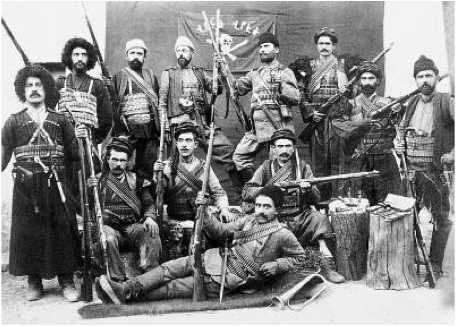By Arnold Reisman
Arnold Reisman is an engineer and a retired professor of operations research at Case Western Reserve University. Born in Lodz in 1934, he came to the United States after World War II and is the author of numerous books about Holocaust refugees in Turkey, including Turkey’s Modernization: Refugees from Nazism and Ataturk’s Vision (New Academia, 2006).
Turkey is now center stage in many discussions and policy debates worldwide. When it comes to the State of Israel and Turkey’s small remaining Jewish community, the news coming out of Turkey is not good.
But what about the historical relationship between Jews and Turks? Most historians are quite aware that Jews lived and prospered throughout the Ottoman Empire, and, until the last decade of the Empire’s existence, they prospered in Palestine as well. But what about the Holocaust, which took place outside of Turkey’s borders?
Ask a historian what Turkey’s role in World War II and most will answer that Turkey was neutral. That is correct—at least until Turkey declared war on Germany and Japan on February 23, 1945.
Ask a historian what Turkey’s role in saving Jews during the Holocaust was and most will say, “I don’t know.” Some will be very negative and blame Turkey for the Struma—a derelict ship carrying over seven hundred illegal refugees from Romania to Palestine, all but one of whom perished when the ship was towed out of Istanbul by the Turkish Coast Guard and sent adrift in the Black Sea. Their facts are correct, but the reasons for the tragedy are in great part misdirected. Turkey had a law which allowed transit rights through its territorial waters for all those who had valid visas to other destinations. Even after lengthy negotiations spanning three continents, however, Great Britain refused to provide such visas. For reasons still unknown, the ship was torpedoed by a Soviet submarine.
Ask a historian if any ships succeeded in transiting Turkey’s territorial waters with Jewish refugees and reached Palestine [illegally] prior the formation of Israel as a state in 1948, and most will say, “I don’t know.” The fact is that a number of ships did so succeed. Among these waere the Velos in 1934; the Draga/Eli in 1938; the Assimi, the Rim/Aghios Nickolaos IV, the Astir/Marsis, the Parita, the Tiger Hill and the Sakarya in 1939; the Marien in 1941; and the Milka I, Milka II, the Kazbek, the Belasitsa, and the Salahattin in 1944. A number of ships with Jewish immigrants also transited Turkey between the end of the war and the formation of the State of Israel in 1948.
Ask a historian what Turkey’s role was in saving nearly two hundred eminent intellectuals and providing them with jobs commensurate with their academic stature and most will have no idea, even though at least two books have been published on the subject in English (Turkey and the Holocaust by S.J. Shaw and Turkey’s Modernization: Refugees from Nazism and Atatürk’s Vision by Arnold Reisman)
Tell a historian that among those so saved was Arthur von Hippel, the acknowledged father of nanotechnology; Erich Auerbach, who while in Turkey penned the Mimesis, a seminal text that laid the foundation for a unified theory of representation that spans the entire history of Western literature; Benno Landsberger and Hans G. Güterbock, who after the war made the University of Chicago’s Oriental Institute world-famous; Dr. Rudolph Nissen, famous for developing a widely used operation to prevent esophageal reflux and who performed an exploratory laparotomy on Albert Einstein, and most historians will be astonished to hear about it.
Lastly, ask a historian about the role of Turkish diplomats in saving close to three thousand Jews with Turkish connections living in France and nearly all will say, “I have never heard of it.” Yet in my forthcoming book Ambassador and a Mentsch: The Story of a Turkish Diplomat in Vichy France, I found, using Yad Vashem’s official population data, that a French Jew without Turkish roots had a 3.7 greater chance of dying in Hitler’s ovens than a French Jew who had Turkish connections. The reason was the intervention of the Turkish legation staff in both occupied and in Vichy France. Headed by Ambassador Behic Erkin, the diplomats worked night and day to save Jews, and they did this against the will of their government in Ankara. Thus they were risking their careers while often risking their lives. For this they deserve to be recognized as Righteous Among the Nations even if it means that Yad Vashem will have to change its rules of how these selections are made. The law of large numbers should be substituted for the three survivor testimonies required in the past.


Leave a Reply